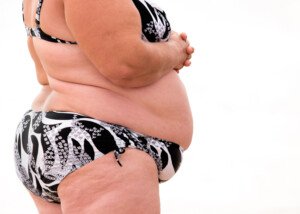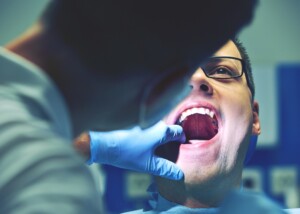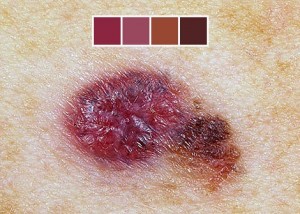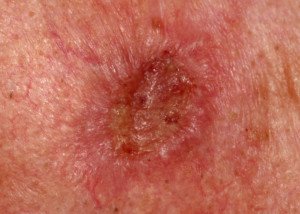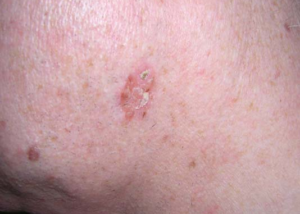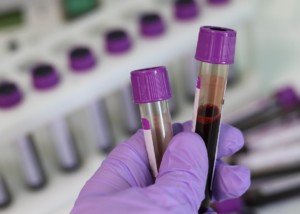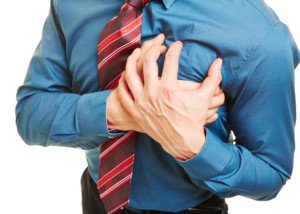Why Plus Size Women Should Embrace Very Heavy Weight

Ogechi Akalegbere embraces the heavy weight she carries … but with a huge twist.
You can actually be a plus size woman who gets a lot of POSITIVE attention for carrying a lot of heavy weight.
How Plus Size Women Can Look Great in Tight Belts
There’s a way for plus size women to instantly look great in tight belts.
This is NOT about reprogramming your self-worth. (more…)
How to Stop Fingers from Hurting During Deadlift Workouts
Have your fingers been hurting from the excessive pulling against them by a heavy barbell during deadlifting?
This may prevent you from doing your full deadlift workout and/or from going for heavier loads. (more…)
Can You Get Dental Implants with Diabetes?

Many people, including dentists, have thought for a long time that dental implants would not work well in people with diabetes.
Can a Woman’s Period Affect Her Gums?
The hormones that bring on menstruation will also have an effect on your gums – and you will want to know what that effect is.
Six Signs You Might Have a Dry Socket
You don’t want a dry socket after a tooth extraction, and there are six definite clues that you might have developed this potentially dangerous condition.
Just What Does an “Ugly Duckling” Mole Look Like?
The term “ugly duckling mole” has a specific meaning when it comes to melanoma, the deadliest skin cancer.
How Fast Actinic Keratosis Turns into Squamous Cell Carcinoma?
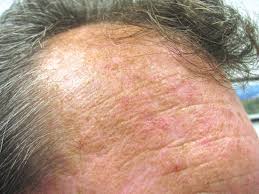
Actinic keratosis
Though most squamous cell carcinomas were once actinic keratoses, most AK’s will not turn into cancer.
However, it’s impossible to predict which lesions will eventually begin undergoing a malignant transformation. (more…)
Should Blacks Do Monthly Self-Exams for Skin Cancer?
Don’t let the media’s portrayal of skin cancer patients fool you.
Blacks and other dark skinned people need to do monthly self-exams because they too can get any of the three major skin cancers: (more…)
What Does Elevated and Gray Area Troponin Mean?
Do you know someone whose troponin level in the ER was in the “elevated” or “gray area” range?
This blood test is given to people who complain of chest pain and other symptoms that can come with a heart attack. (more…)



